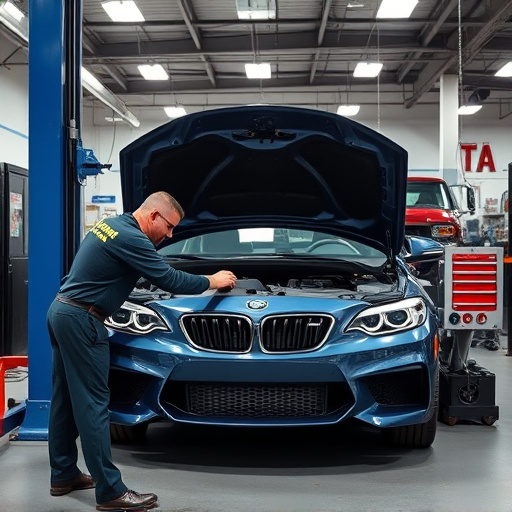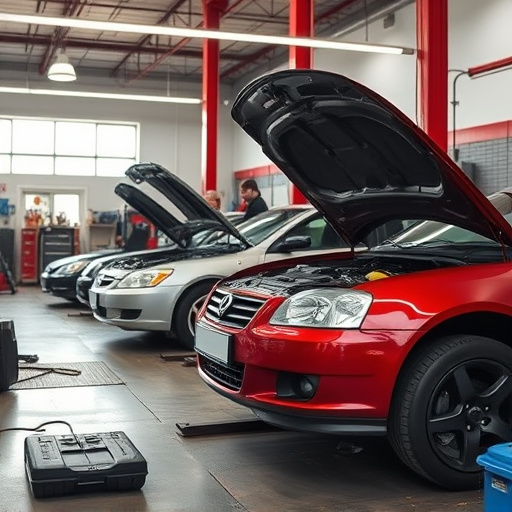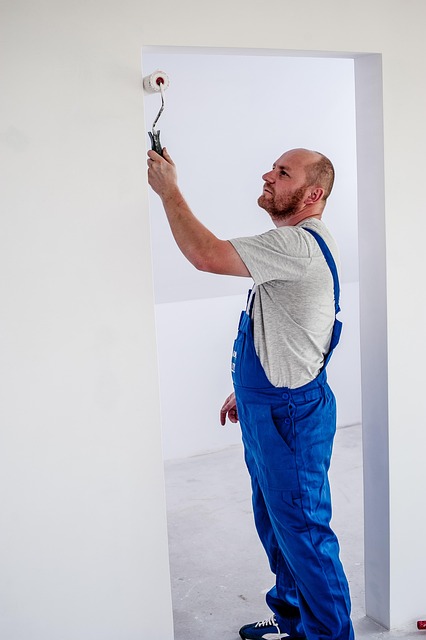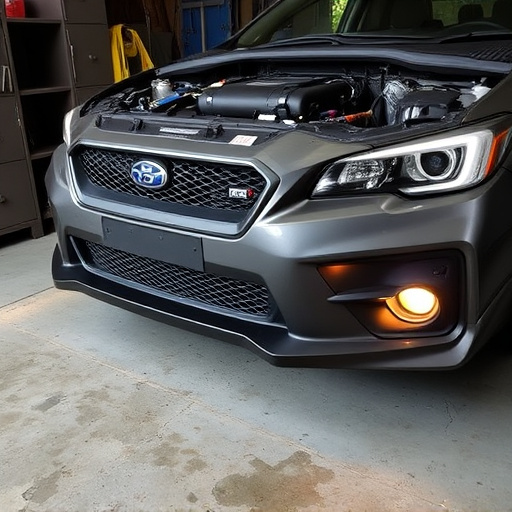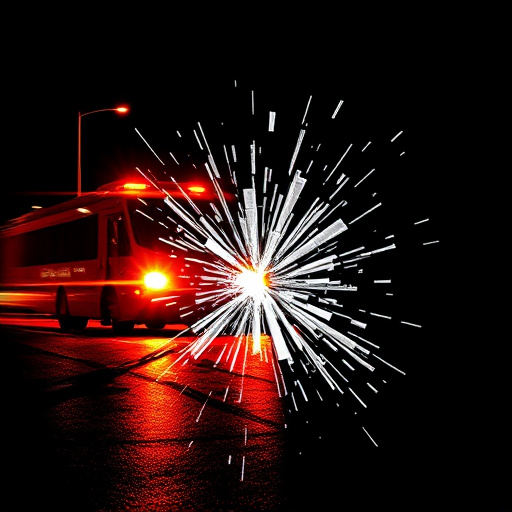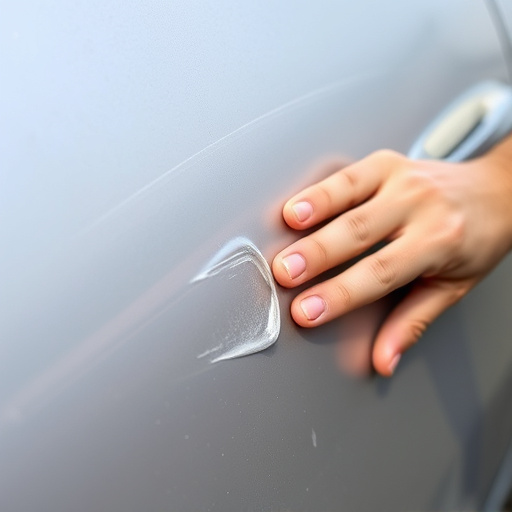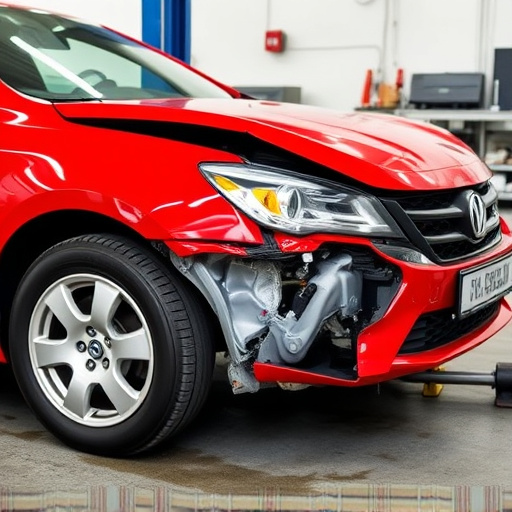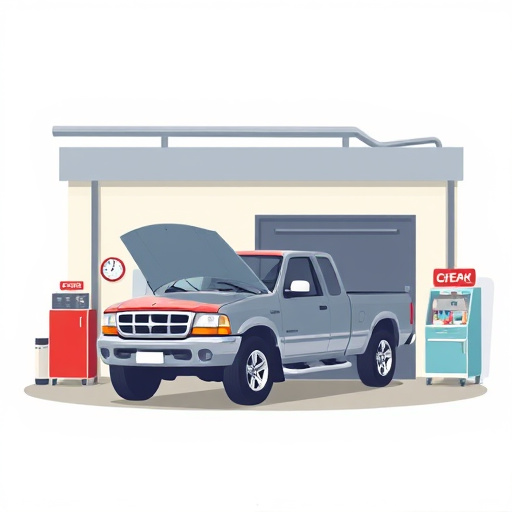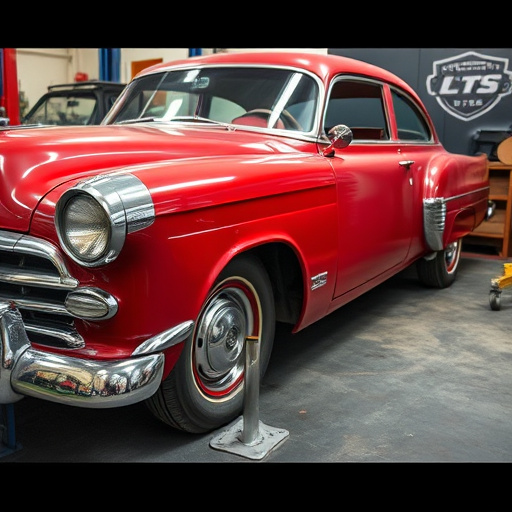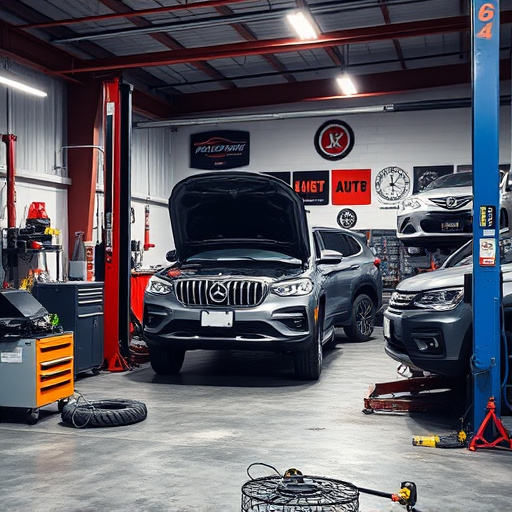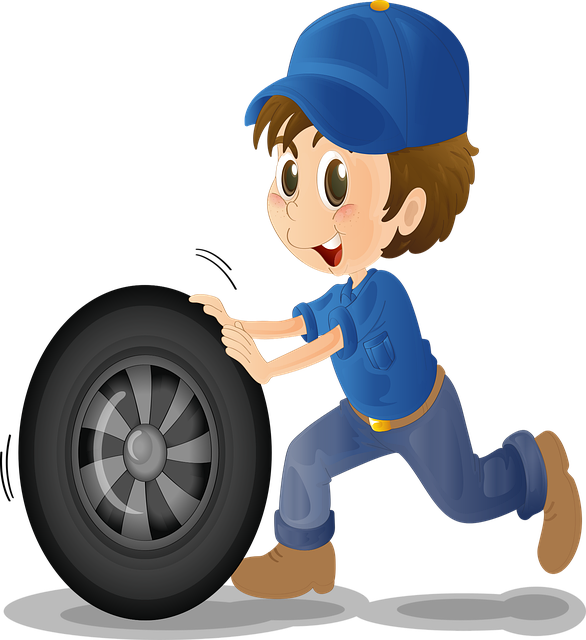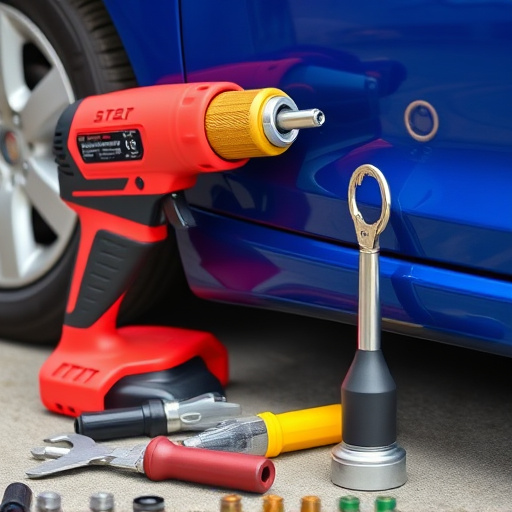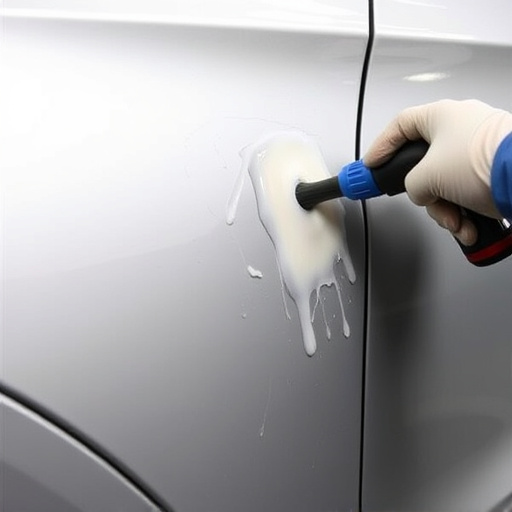Aluminum body components offer a lightweight, durable, and versatile solution for collision centers and vehicle paint repair. Their superior impact resistance, corrosion protection, and workability make them an appealing choice for technicians, providing efficient repairs, precise shaping, and long-lasting results while being cost-effective compared to alternatives.
In the realm of automotive repairs, technicians increasingly favor aluminum body components for their superior benefits. This shift is driven by the lightweight and durable nature of aluminum, which reduces vehicle weight and enhances fuel efficiency. Moreover, aluminum is easy to work with, offering flexibility in repair processes and ensuring precise, high-quality results. Cost-effectiveness is another allure, as aluminum repairs can be more affordable than traditional steel alternatives. Thus, the preference for aluminum body components represents a game-changer in modern automotive maintenance.
- Lightweight and Durable: Advantages of Aluminum
- Easy to Work With: Technician Preferences
- Cost-Effective Solutions for Repairs
Lightweight and Durable: Advantages of Aluminum

Aluminum body components offer a unique blend of lightweight and durable properties that make them a preferred choice for technicians in the collision center and vehicle paint repair industry. This metal is notably lighter than steel, which translates to reduced weight on vehicles, resulting in improved fuel efficiency and handling. Despite its lightness, aluminum possesses exceptional strength, making it highly resistant to impact and damage, crucial factors in collision repair shops where structures need to withstand various types of accidents.
The durable nature of aluminum body components also plays a significant role in their longevity. Aluminum is resistant to corrosion due to its natural oxide layer, which acts as a protective barrier. This characteristic prevents the onset of rust and ensures that repaired vehicles maintain their aesthetic appeal over time, unlike steel components that may require frequent vehicle paint repair due to corrosion issues.
Easy to Work With: Technician Preferences

Aluminum body components have become a preferred choice among technicians for several reasons, one being their ease of workability. This metal is lighter in weight compared to traditional materials like steel, making it easier to handle during repair processes. Technicians can weld, form, and shape aluminum with relative simplicity, allowing for more precise and efficient car bodywork services. The versatility of this material enables quick repairs and faster turnaround times, which are significant advantages in the collision repair industry.
Additionally, aluminum’s corrosion-resistant properties further enhance its appeal to auto body specialists. Unlike steel, which can rust over time, aluminum maintains its integrity and looks even in harsh environmental conditions. This feature ensures longer-lasting results for auto body services, making it a sustainable choice for both technicians and car owners seeking reliable repairs.
Cost-Effective Solutions for Repairs
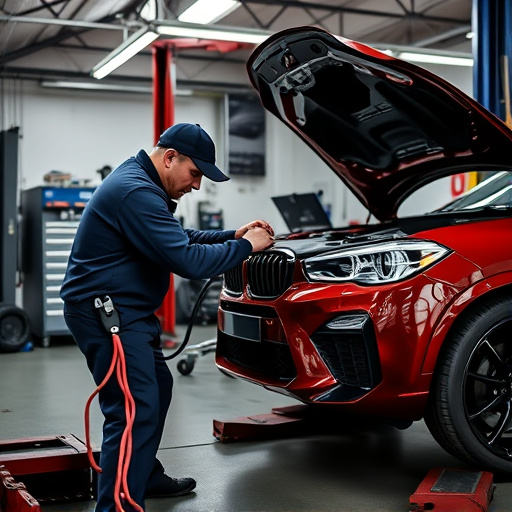
Aluminum body components offer cost-effective solutions for various auto repair needs. One of the primary advantages is its affordability compared to other materials. This makes it an attractive option for both technicians and car owners, especially when budget constraints are a concern. The ease of working with aluminum allows for efficient repairs, from simple dent removal to more complex structural damage.
Many auto glass repair and automotive body work services now incorporate aluminum into their processes due to its versatility. It can be easily formed, bent, and molded, enabling technicians to create precise replacements for panels and parts. Additionally, aluminum’s resistance to corrosion ensures longevity, reducing the need for frequent repairs or replacements, thereby saving customers money in the long run.
Aluminum body components have emerged as a preferred choice among technicians due to their lightweight yet durable nature and ease of work. These advantages make them an ideal solution for cost-effective repairs, ensuring both strength and maneuverability throughout the restoration process. By opting for aluminum, professionals can deliver high-quality results while maintaining efficiency and affordability.
